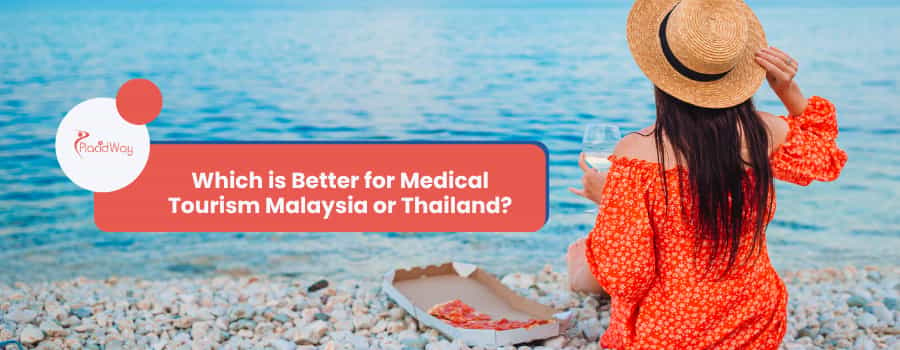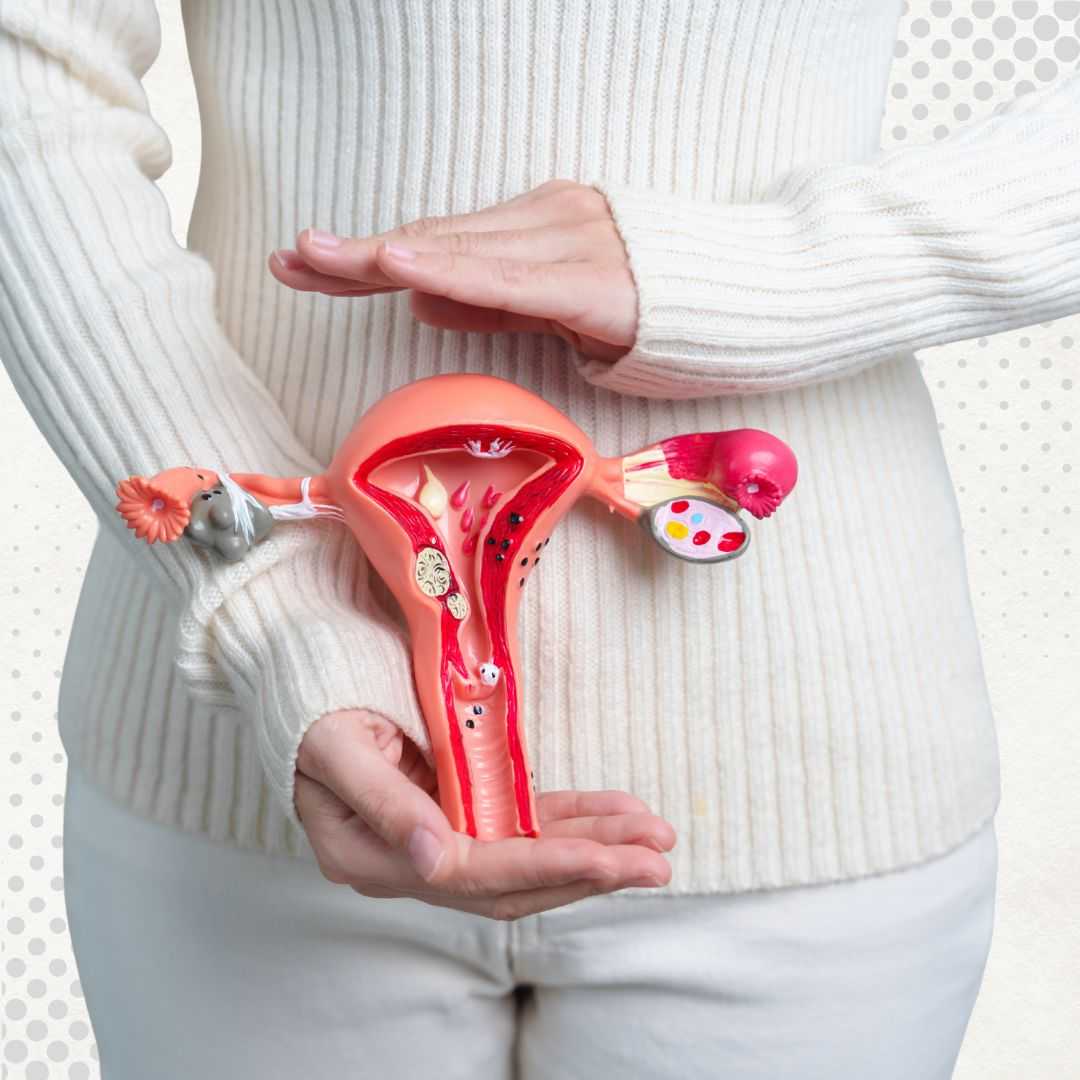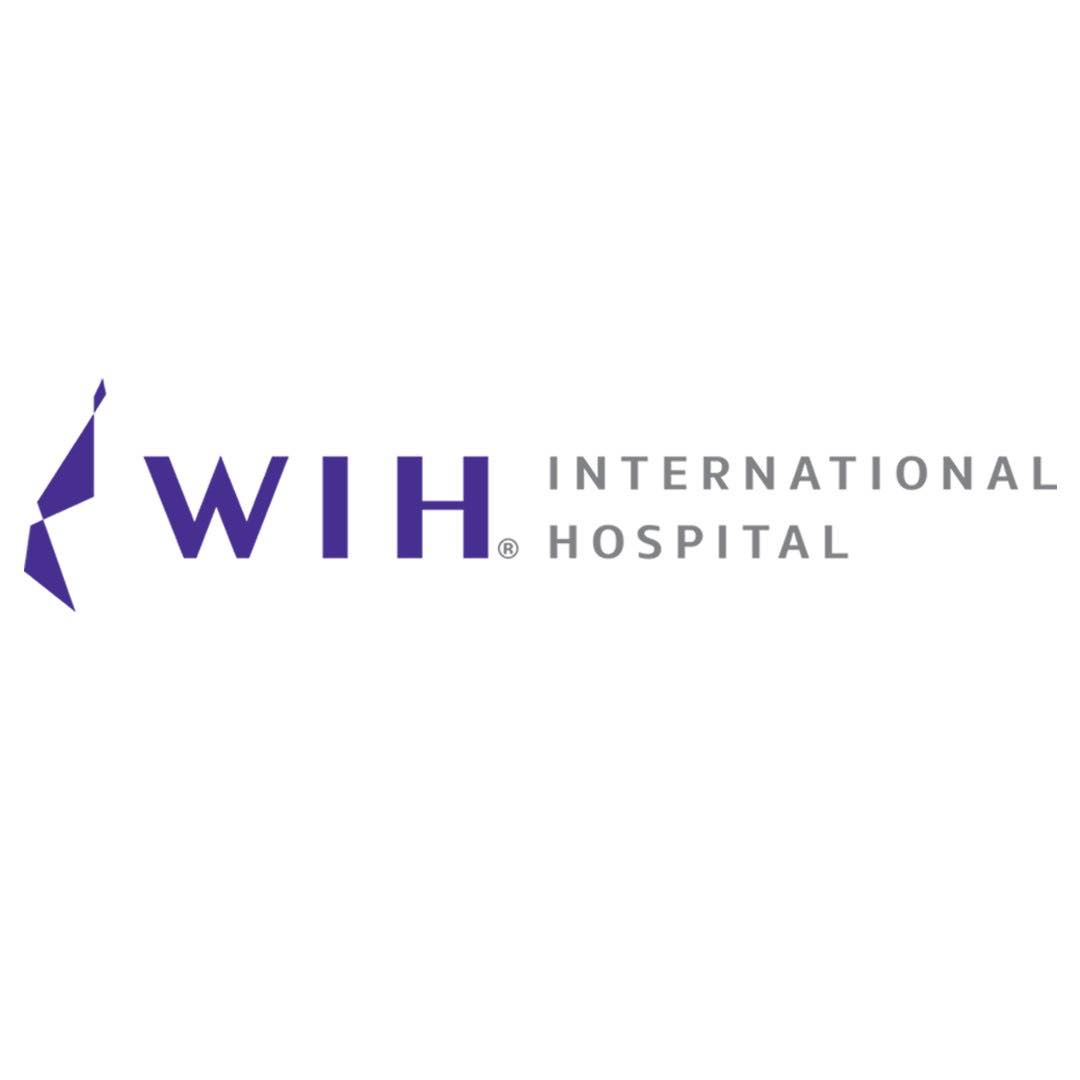Thailand vs Malaysia - Which country offers better medical tourism options?

Deciding where to go for medical treatment abroad is a significant choice, and Southeast Asia has firmly established itself as a premier destination. Among the top contenders, two countries consistently stand out: Malaysia and Thailand. Both offer a compelling blend of high-quality healthcare, significant cost savings, and the appeal of recovering in a beautiful, culturally rich environment. But when it comes down to it, which one is the right choice for you? Is it the bustling, hospitality-driven healthcare hubs of Thailand or the rapidly advancing, specialized medical centers in Malaysia?
This guide is designed to help you navigate that very question. The choice between Malaysia or Thailand for medical tourism isn't just about finding the cheapest option; it's about finding the best fit for your specific medical needs, budget, and personal preferences. Thailand has long been a powerhouse in the industry, famous for its exceptional service in cosmetic and dental procedures. It has built a global reputation for blending healthcare with world-class hospitality. On the other hand, Malaysia has emerged as a formidable competitor, earning accolades as a top destination, particularly for complex procedures in cardiology, fertility, oncology, and cutting-edge treatments like stem cell therapy. The Malaysian government has heavily invested in its healthcare infrastructure, ensuring that its hospitals are equipped with cutting-edge technology and staffed by highly trained, English-speaking professionals. We will break down everything you need to know—from cost and quality to safety and specialties—to help you make an informed and confident decision for your health journey.
What is the main difference between medical tourism in Malaysia and Thailand?
While both countries offer excellent healthcare, their strengths cater to different patient needs. Thailand's medical tourism industry is more mature and deeply integrated with its world-famous hospitality sector. This makes it an ideal choice for patients seeking elective procedures like facelifts, breast augmentations, and full dental makeovers, where the recovery period can feel like a vacation. Hospitals in Bangkok and Phuket are accustomed to international patients and offer seamless, all-inclusive packages.
In contrast, Malaysia has strategically built its reputation on clinical excellence and advanced medical technology. It is a 'Healthcare Travel' destination, a term the country prefers to emphasize its focus on complex medical care. Patients travel to Malaysia for life-saving heart surgeries, advanced cancer treatments, and even regulated stem cell therapy. The environment is professional and clinically focused, with strong government oversight ensuring high standards and price transparency.
How do the costs of medical procedures compare between Malaysia and Thailand?
Cost is a major driver for medical travel, and both nations offer substantial savings. A procedure that might cost $100,000 in the U.S. could be as low as $15,000-$25,000 in either country. However, there are nuances. Malaysia's government has implemented measures to regulate hospital pricing for foreigners, which helps keep costs for complex treatments particularly competitive.
Here’s a general cost comparison for popular procedures:
| Procedure | Estimated Cost in Malaysia (USD) | Estimated Cost in Thailand (USD) |
|---|---|---|
| Heart Bypass Surgery (CABG) | $10,000 - $18,000 | $15,000 - $25,000 |
| Knee Replacement | $6,000 - $10,000 | $7,000 - $12,000 |
| Rhinoplasty (Nose Job) | $2,500 - $4,500 | $2,000 - $4,000 |
| Dental Implant (per tooth) | $1,000 - $2,000 | $1,200 - $2,500 |
| IVF Treatment (per cycle) | $4,000 - $6,000 | $5,000 - $8,000 |
| Stem Cell Therapy (per session) | $8,000 - $20,000 | $10,000 - $25,000 |
Note: These are estimates and can vary based on the hospital, doctor's experience, and complexity of the case.
Which country has better quality healthcare and hospitals?
Quality of care is paramount, and you can rest assured that the top-tier hospitals in both Malaysia and Thailand adhere to global standards. The JCI accreditation is a gold standard for healthcare quality, and Thailand boasts over 60 JCI-accredited facilities, a testament to its commitment to excellence. Hospitals like Bumrungrad International and Bangkok Hospital are household names in the medical tourism world.
Malaysia is not far behind and has a growing number of JCI-accredited hospitals, including Prince Court Medical Centre and Gleneagles Kuala Lumpur. What sets Malaysia apart is the strong government backing through the Malaysia Healthcare Travel Council (MHTC), which actively promotes and regulates the industry to ensure consistent quality and patient safety. Many Malaysian doctors are trained in Western countries like the UK, US, and Australia, bringing a high level of expertise back home.
What are the top medical specialties in Malaysia?
Malaysia has invested heavily in creating Centres of Excellence for specific medical fields. This focused approach means you can find hospitals with dedicated wings and highly specialized teams for complex conditions.
- Cardiology: The National Heart Institute (Institut Jantung Negara) is one of the leading heart centers in the Asia-Pacific region.
- Oncology: Malaysian hospitals offer advanced cancer treatments, including proton therapy and advanced radiotherapy, at a fraction of the cost in the West.
- Fertility: Malaysia has become a hub for IVF, with high success rates and modern fertility clinics that are also Muslim-friendly.
- Orthopedics: High-quality and affordable joint replacement surgeries are a major draw for patients from around the world.
What are the top medical specialties in Thailand?
Thailand's reputation in cosmetic surgery is unparalleled. From simple procedures like Botox to complex gender reassignment surgeries, Thai surgeons are known for their skill and artistry. The country's aesthetic clinics and hospitals are state-of-the-art, offering a luxurious and discreet patient experience.
- Cosmetic Surgery: Procedures like breast augmentation, facelifts, and liposuction are extremely popular due to the combination of skilled surgeons and affordable prices.
- Dentistry: Thailand is a top choice for 'dental holidays,' where patients can get veneers, implants, and full smile makeovers while enjoying a vacation.
- Wellness: Beyond clinical treatments, Thailand excels in holistic health. Many visitors combine their medical procedures with stays at world-class wellness retreats offering detox programs, spa treatments, and traditional Thai therapies.
Which Country is Better for Stem Cell Therapy: Malaysia or Thailand?
Stem cell therapy is a cutting-edge field, and the approach in each country differs significantly. Malaysia's Ministry of Health has established clear guidelines for stem cell research and treatment, ensuring that therapies offered are safe and backed by clinical data. This makes it a more reliable choice for patients seeking treatment for medical conditions like orthopedic injuries (cartilage regeneration), autoimmune diseases, or diabetes-related complications. The focus is on therapeutic outcomes rather than purely cosmetic benefits.
Thailand, being a pioneer in medical tourism, has a more diverse and less centralized market for stem cell therapy. You can find numerous clinics offering everything from anti-aging infusions to treatments for more serious conditions. While many of these clinics are reputable, the regulatory oversight can be less consistent than in Malaysia. Patients considering Thailand for stem cell therapy must perform thorough due diligence to verify the clinic's credentials, the type of stem cells used, and the scientific basis for the proposed treatment. Thailand is particularly popular for aesthetic applications of stem cell technology.
Is it easier to get a medical visa for Malaysia or Thailand?
Recognizing the importance of medical tourism, both governments have made the visa application process relatively straightforward. In Malaysia, the MHTC can assist patients in obtaining the necessary documentation from the hospital to support their visa application. The process is largely done online and is efficient. The medical visa allows for up to two companions to travel with the patient.
Thailand's 90-day medical visa offers a longer initial stay, which is beneficial for patients requiring extended treatment and recovery periods, such as those undergoing multiple rounds of stem cell therapy. The application requires a letter from a Thai hospital confirming the treatment plan. For citizens of many countries, visa-on-arrival or visa-exempt entry is available for shorter stays, which can be sufficient for consultations or minor treatments.
Which country is safer for a medical tourist?
Safety is a top priority for any traveler. Malaysia is a politically stable country with a low crime rate, especially in major cities like Kuala Lumpur and Penang where top hospitals are located. The environment is calm and family-friendly.
Thailand is also very safe for the vast majority of its millions of annual visitors. However, it's known for its vibrant nightlife, and tourists should exercise standard precautions, such as being aware of their surroundings and avoiding leaving drinks unattended. It's also advisable to stay informed about the local political situation, although protests rarely affect tourist or medical facilities.
Is English widely spoken in hospitals in Malaysia and Thailand?
Clear communication is crucial for medical care. In Malaysia, you will find that almost all doctors, nurses, and administrative staff speak fluent English, which eliminates language barriers and makes the entire process smoother for international patients.
In Thailand, hospitals like Bumrungrad and Bangkok Hospital have dedicated international departments with multilingual staff and translators fluent in English, Arabic, Japanese, and other languages. While you might encounter a language barrier outside the hospital, within the medical facility, communication is rarely an issue.
What about the tourism and recovery experience?
Your recovery period is an important part of the journey. Thailand's tourism infrastructure is second to none. After a cosmetic procedure, you can recover in a luxury villa in Phuket or enjoy the vibrant city life of Bangkok. The options for entertainment, shopping, and relaxation are endless.
Malaysia offers a different but equally appealing atmosphere. You can explore the UNESCO World Heritage city of George Town in Penang, relax on the serene beaches of Langkawi, or enjoy the modern metropolis of Kuala Lumpur. Malaysia is particularly famous for its incredible culinary diversity, offering a delicious fusion of Malay, Chinese, and Indian cuisines.
Ready to Explore Your Healthcare Options?
Don't let uncertainty hold you back. PlacidWay connects you with world-class, accredited hospitals in Malaysia, Thailand, and beyond. Get personalized, no-obligation quotes and find the perfect solution for your health and wellness journey.


.png)






.png)
.png)






Share this listing